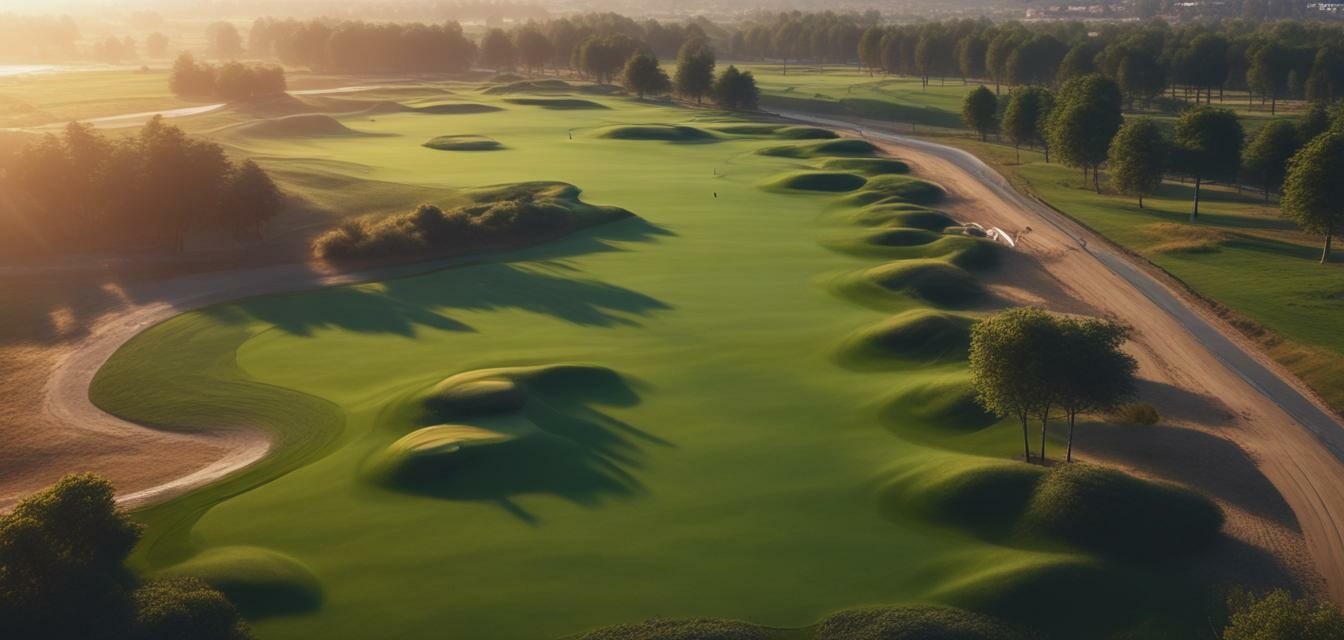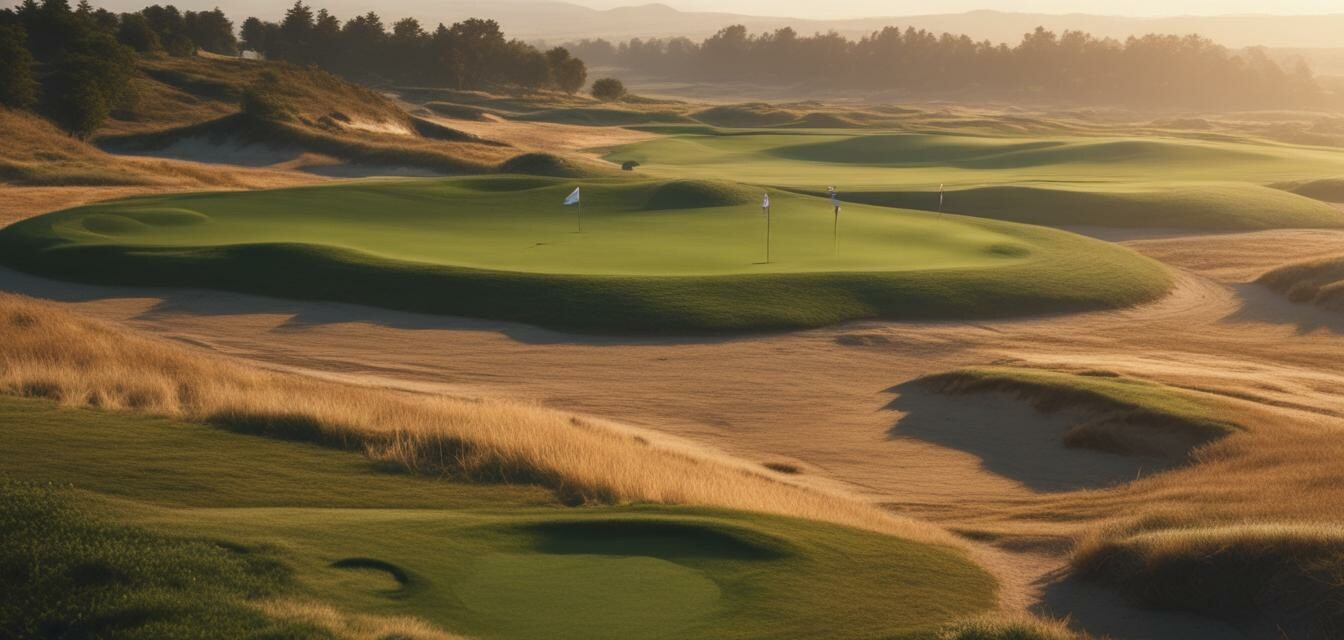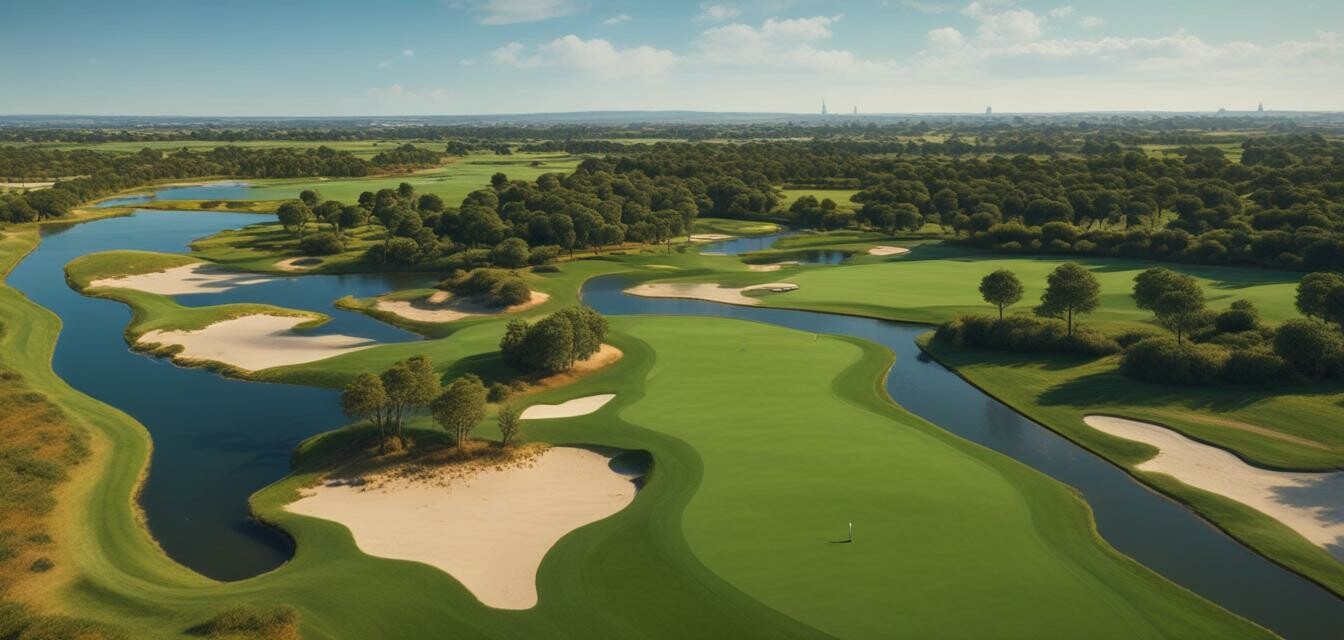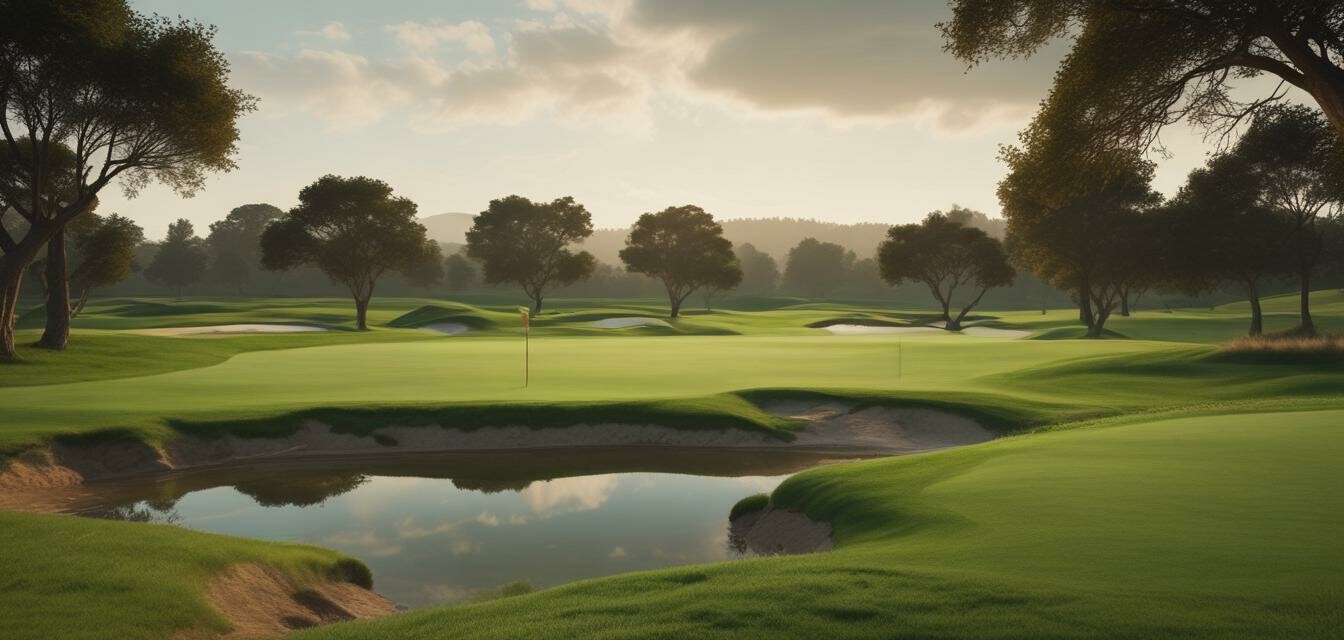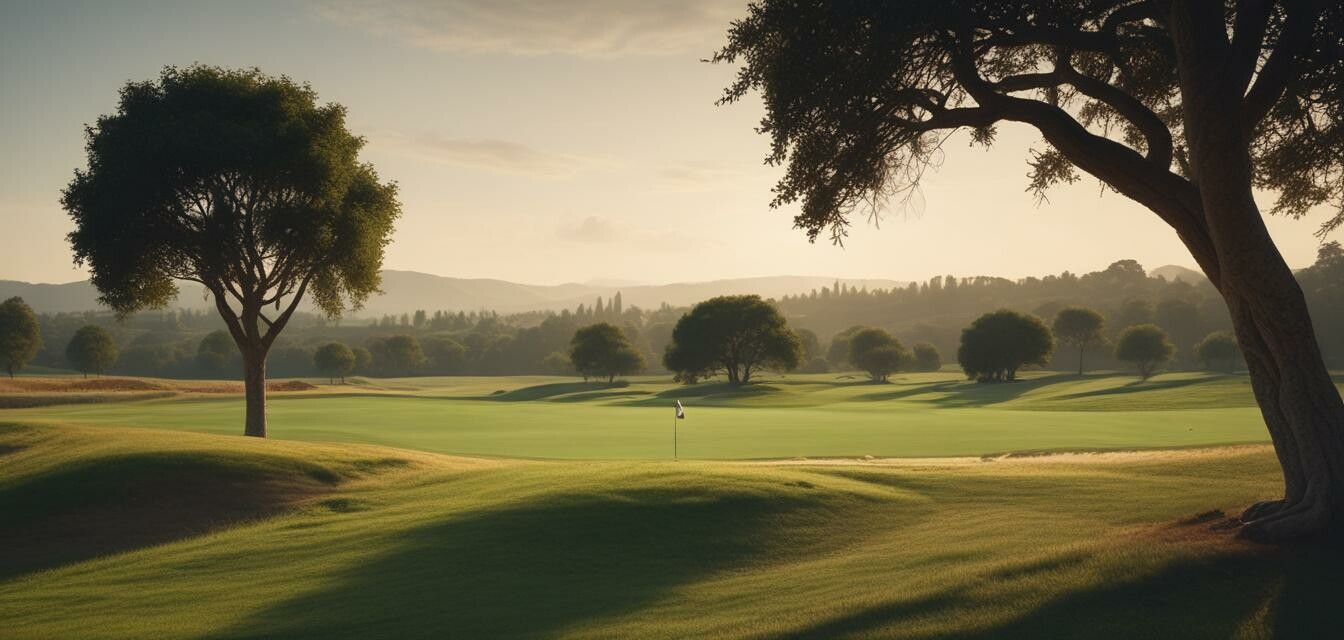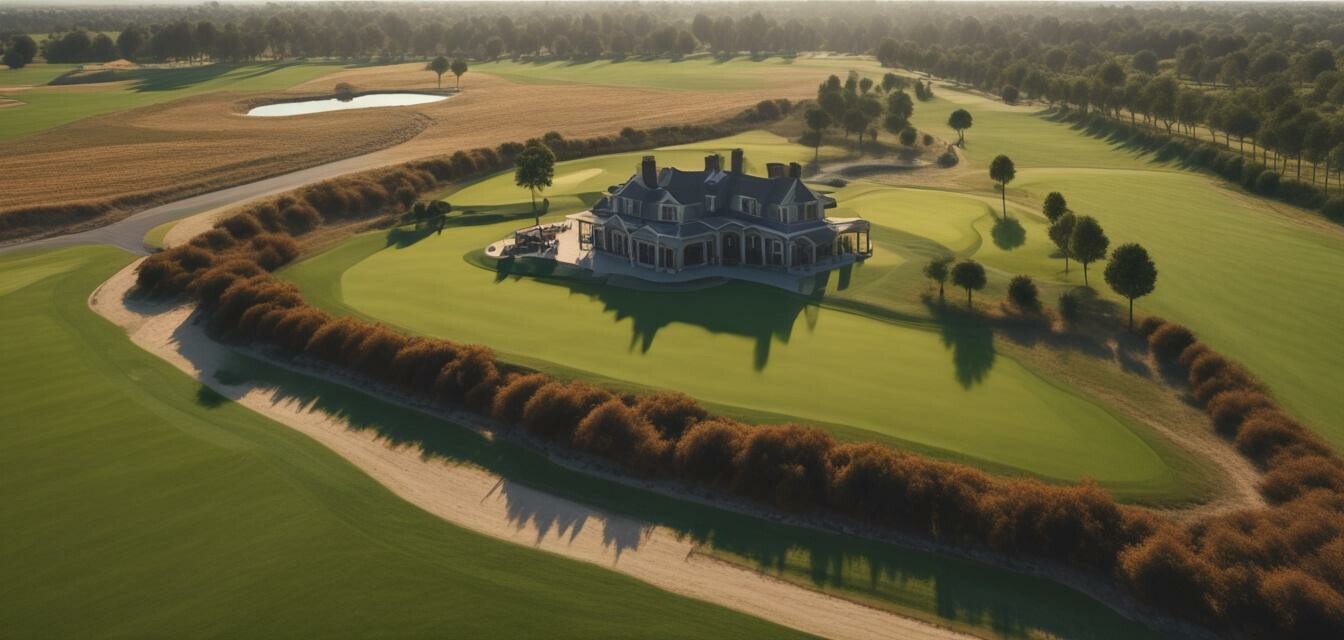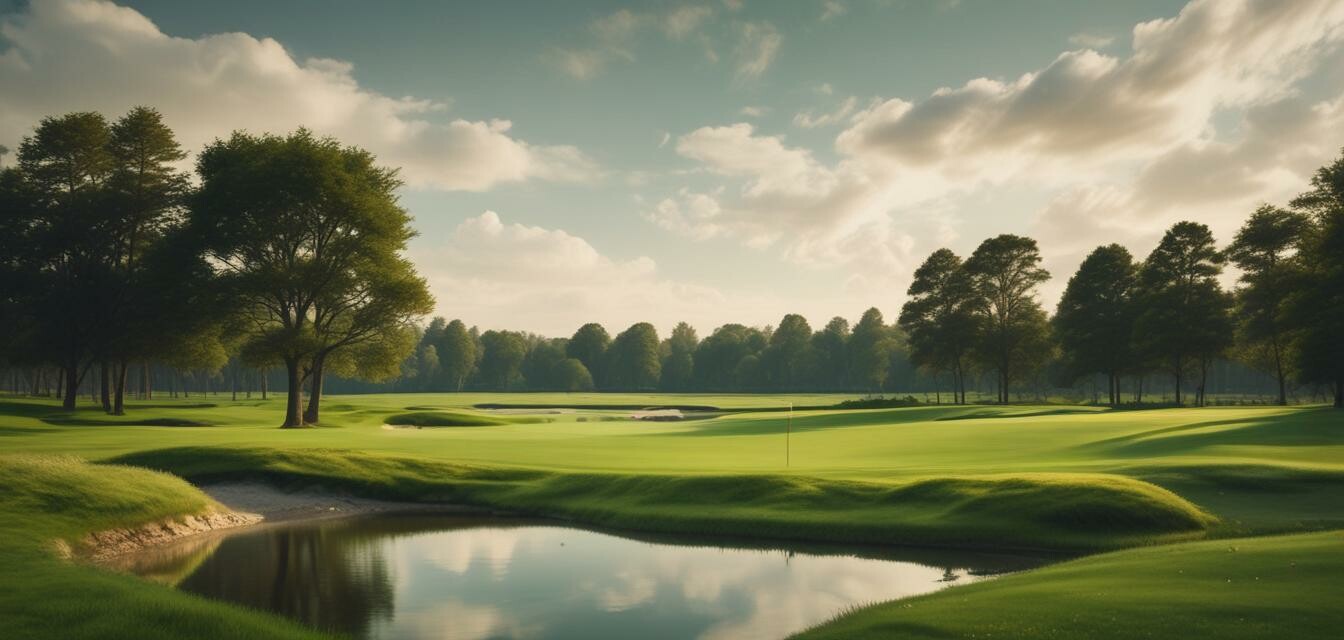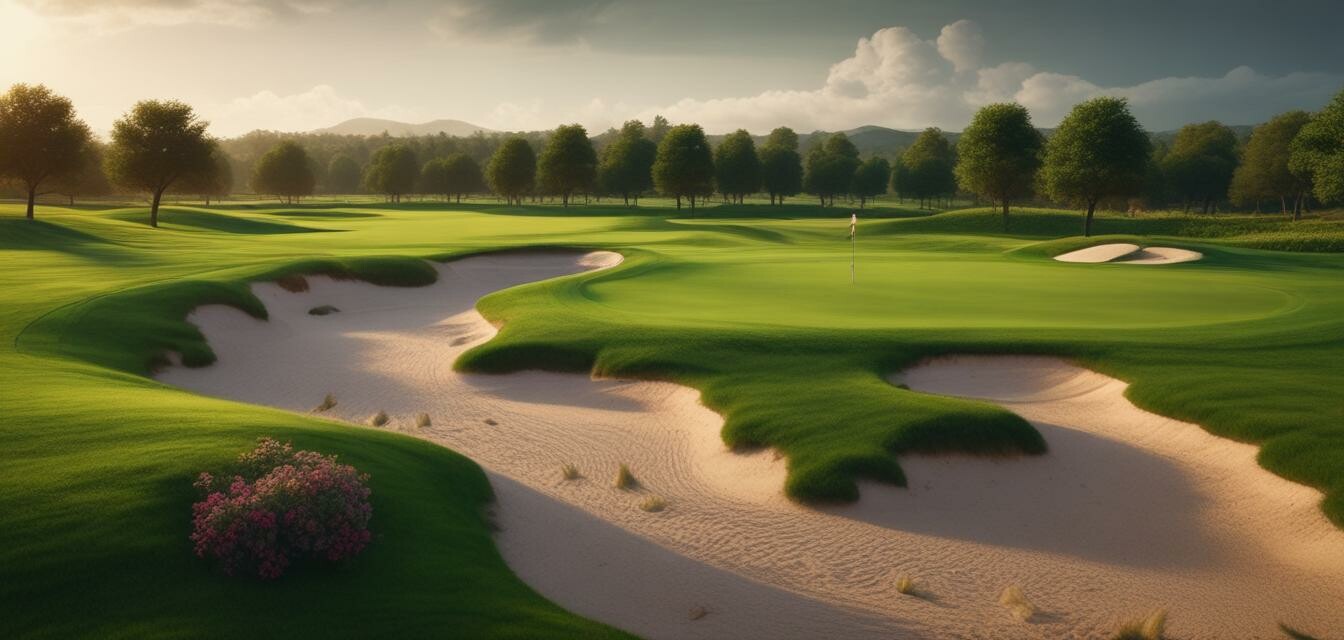
Golf Course Design
Key Takeaways
- Golf course design involves multiple elements, including layout, landscaping, and course features.
- Understanding the components of a great golf course can enhance your playing experience.
- Attention to environmental sustainability is crucial in modern golf course designs.
- Different types of courses offer varied challenges for golfers of all skill levels.
Welcome to our deep dive into Golf Course Design! From lush greens and challenging layouts to the architecture that shapes the golfing experience, this article explores the crucial elements that define top-notch golf course designs. Whether you're a golf enthusiast, a course designer, or just curious about what makes a golf course exceptional, you've come to the right place.
Understanding Golf Course Design Elements
Golf course design is not just about creating a space to play; it's about crafting an experience that challenges and excites golfers. Various elements contribute to this experience:
- Course Layout: The arrangement of holes and their relationship with one another.
- Topography: The natural features of the land, which can create unique challenges.
- Landscaping: Vegetation, trees, and other greenery that beautify the course.
- Water Features: Ponds and streams that provide challenges and aesthetic appeal.
- Hazards: Sand traps, bunkers, and rough areas that test golfer skills.
Key Features of Golf Course Design
| Feature | Description | Why It Matters |
|---|---|---|
| Fairway Width | The area between the tee and green where golfers hit their next shot. | Wider fairways can lead to a more enjoyable experience for beginners. |
| Green Size | The area around the hole where the grass is cut short. | Smaller greens can increase the game’s difficulty and precision needed. |
| Tees | The starting point for each hole, with varying lengths. | Multiple tee options allow for different skill levels to enjoy the course. |
| Doglegs | Curves in the fairway that require strategic shot placement. | They add challenge by testing a golfer's ability to plan their shots. |
| Elevation Changes | Variations in height throughout the course. | Elevation adds complexity and can affect club selection negatively or positively. |
Types of Golf Courses
Understanding the different types of golf courses can help players choose where to play based on their skill level and preferences. Here are some common types:
- Public Courses: Open to everyone, typically more affordable.
- Private Courses: Membership required, often featuring exclusive amenities.
- Resort Courses: Located in tourist areas, designed for players on vacation.
- Municipal Courses: Government-funded, accessible for local communities.
- Links Courses: Built on coastal land, exposed to elements with an emphasis on natural terrain.
Importance of Environmental Sustainability
Modern golf course design increasingly focuses on sustainability. Here are some key points to consider:
- Utilizing native species for landscaping minimizes water usage and supports local wildlife.
- Implementing water conservation techniques such as rain gardens and drip irrigation.
- Designing courses that blend seamlessly with their natural surroundings, thereby preserving the environment.
Pros
- Enhances the aesthetic appeal of the course.
- Provides challenges suitable for players of various skill levels.
- Encourages environmental responsibility and sustainability.
Cons
- High initial costs for environmentally sustainable designs.
- May require ongoing maintenance to preserve scenery and functionality.
- Potential for disputes regarding land use and local wildlife impacts.
Choosing the Right Golf Course for You
When looking for the perfect golf course, consider the following factors:
- Skill Level: Choose a course that matches your abilities.
- Course Type: Are you looking for a public, private, or resort course?
- Amenities: Check for available facilities to enhance your experience.
- Terrain Preferences: Consider if you prefer flat courses or those with more elevation changes.
Courses to Explore
Check out some of our related pages for the best experiences:
- Golf Accessories for every player
- Stylish Golf Apparel
- High-quality Golf Balls
- Top-notch Golf Clubs
- Equipment for a well-maintained course
Innovations in Golf Course Design
As technology advances, so too do golf course designs. Innovations include:
- GPS & Smart Technologies: Enhancements in navigation and course accessibility.
- Automatic Irrigation Systems: Reducing water waste and improving maintenance.
- Virtual Reality: Designs can be simulated before construction, allowing for fine-tuning of layouts.
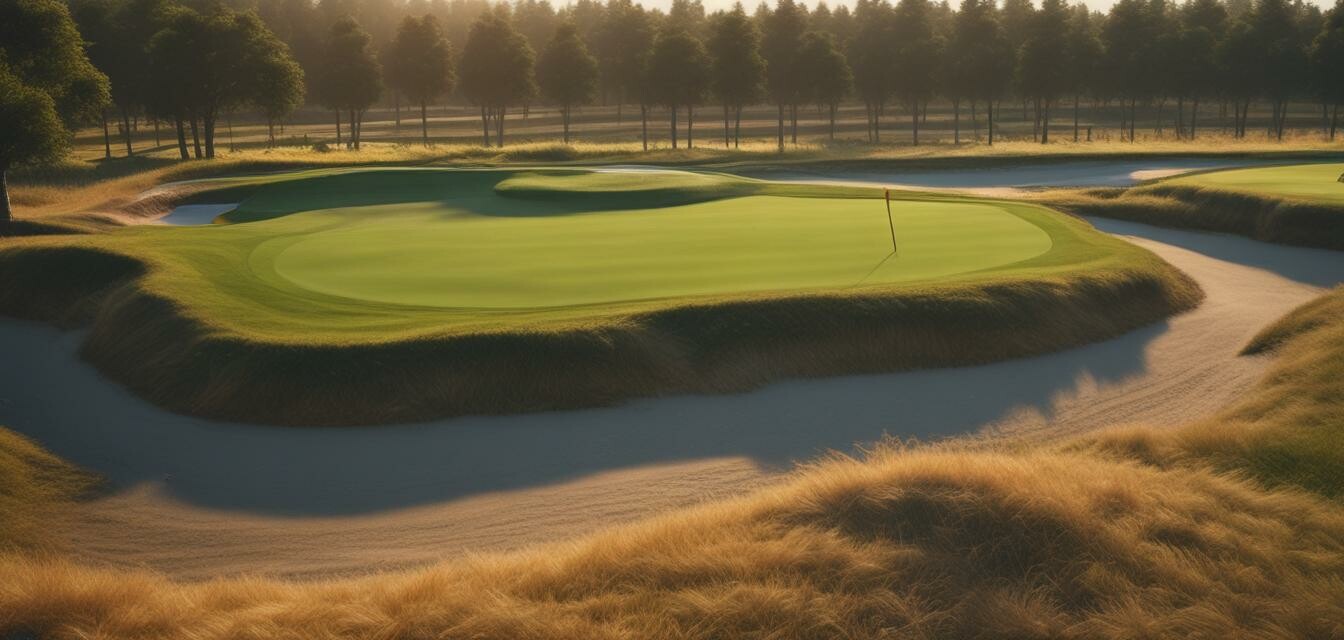
Conclusion
Golf course design is an intricate balance of aesthetics, practicality, and sustainability. Understanding the various elements that contribute to an exceptional course can greatly enhance your enjoyment of the game. No matter your skill level, there is a course out there designed to meet your needs and provide a memorable golfing experience.
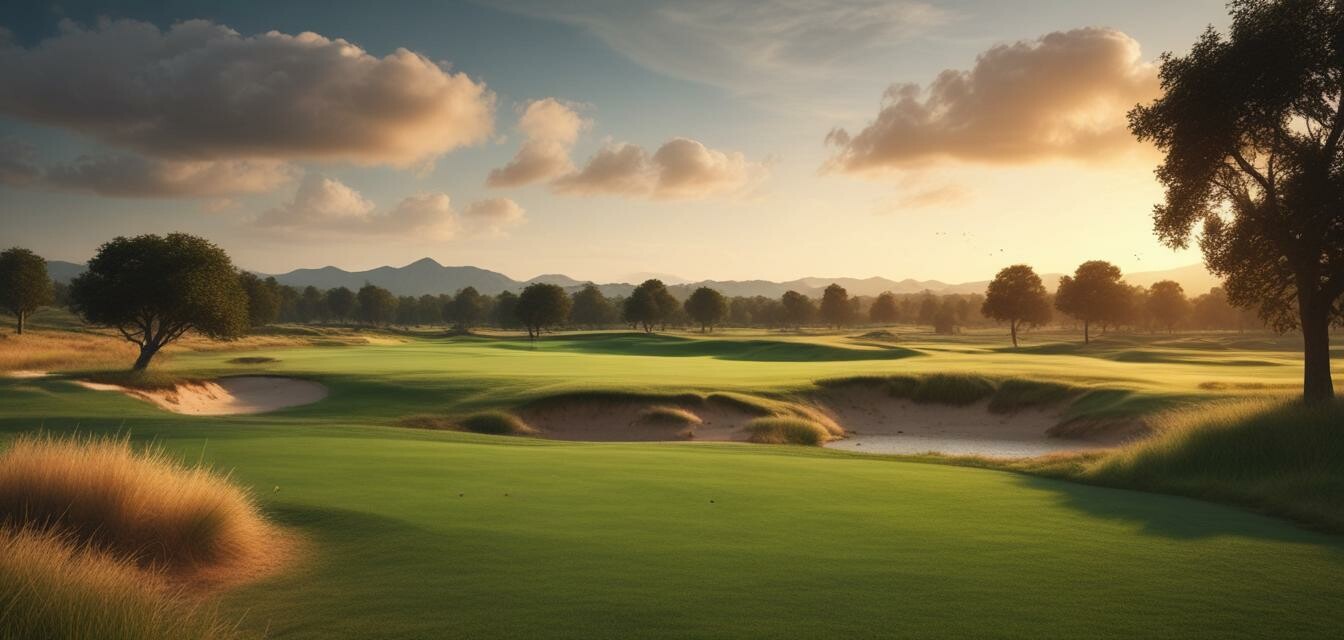
Learn More About Golf
Explore more insights on golf courses and enrich your playing experience:
